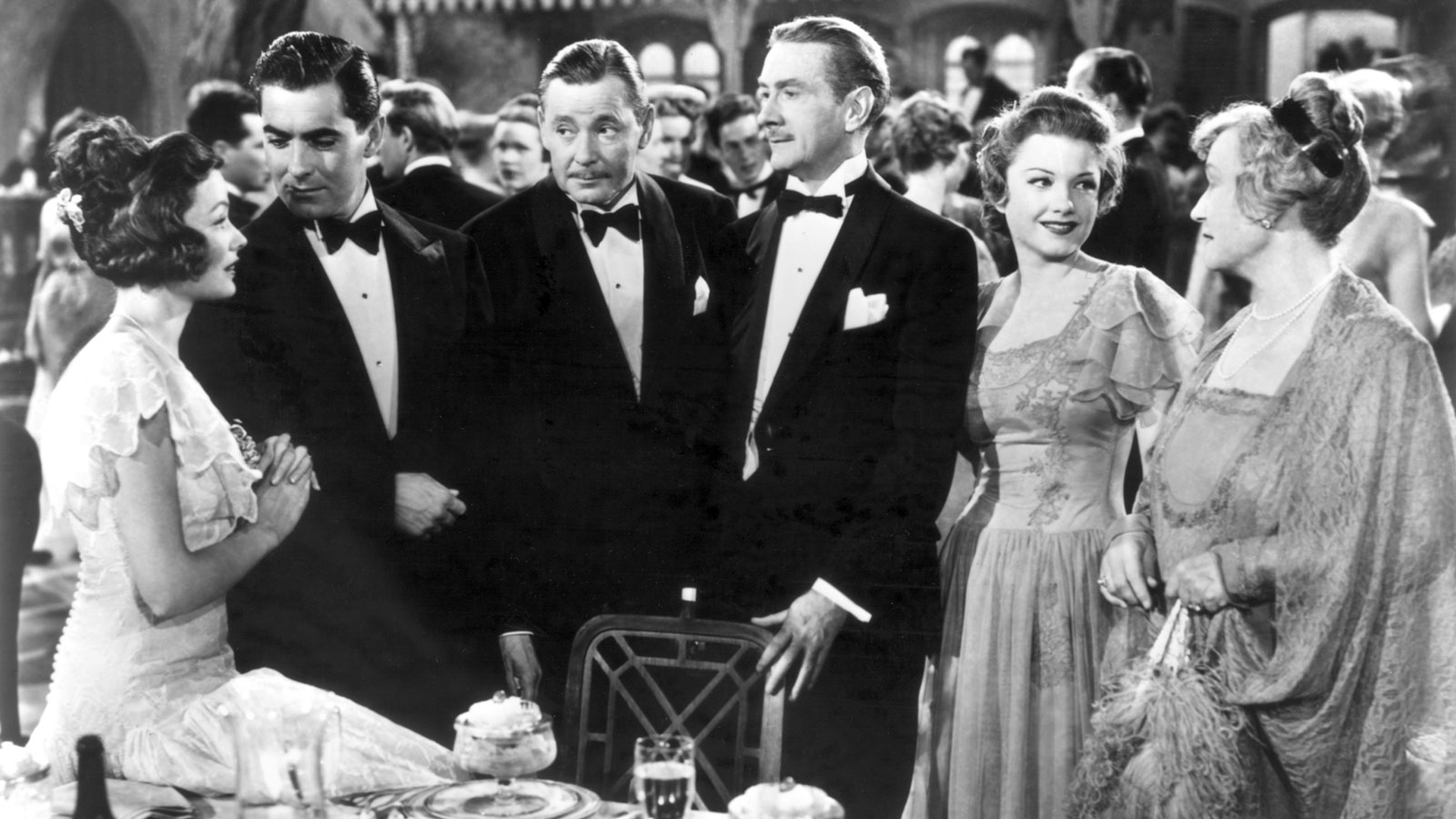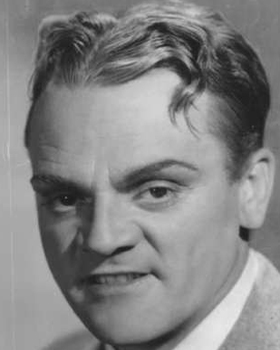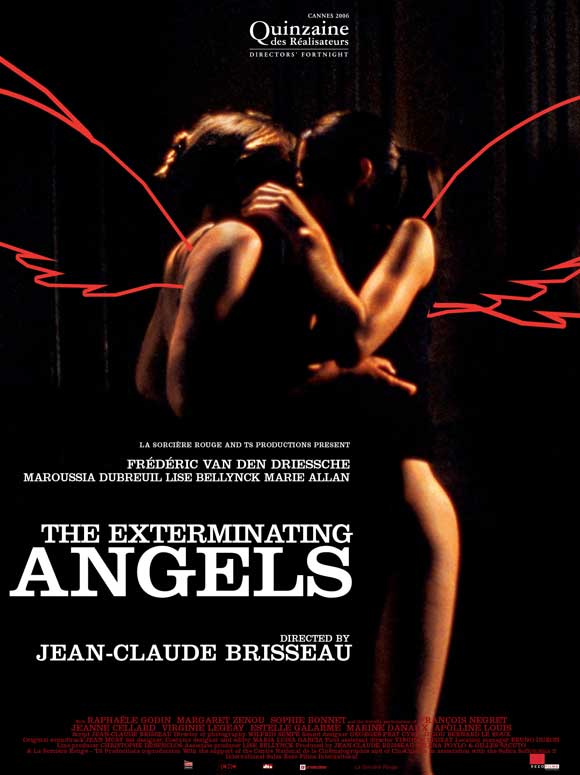The saying goes that beauty lies within the eye of
the beholder, so too for each story that is told the interpretation lies within
the perspective of the reader. As a result, numerous versions of any given
fable, legend, or novel can co-exist and each tell their own rendition of the
original, while still retaining its central meaning. Such is the case with the
1944 W. Somerset Maugham novel The
Razor’s Edge, which has been put to film twice, first in 1946 and again in
1984. While both films follow the general plot of the novel and emphasize its
central ideas, each version possesses its own distinct style and tone that
provides fresh twists on the original text. As a result, each outshines the
other in certain ways, but the question remains, which film truly captures the
‘big picture’ that Maugham sought to inspire his readers with?
 |
| A very 40's take on the 20's, try that for a time warp |
1. PLOT: Although
both films chronicle the same major events as the novel, the 1984 version adds
another layer of back story in order to help viewers better understand the
characters and their relation to one another. While the 1946 version and novel
both begin when protagonist Larry Darrell and his friends are celebrating after
his return from fighting in WWI, the 1984 version begins four years earlier on
the eve of the war. While this additional information may seem unnecessary at
first, it serves to provide vital insight into the frivolous man that Larry was
before his traumatic experiences in the war led him to question his beliefs.
The 1984 version then goes on to show Larry’s evolution throughout the war
until he loses all faith in his former values when his commanding officer is
killed while saving his life. This section of the film also shows
Larry’s early interactions with his haughty fiancé, Isabel and their close
friend, Sophie. During these scenes it is revealed that Larry and Isabel
already see the world differently, as she is primarily concerned with material
possessions and keeping up public appearances, while he just wants to enjoy life
and have fun regardless of what other people think. Similarly, Larry is shown
to possess a strong bond with Sophie although she has already become engaged
to Larry’s friend, Bob, following an unplanned pregnancy (which was not
included in the novel or 1946 film), circumstances that foreshadow Sophie’s promiscuous
downfall and relationship with Larry later in the film. By contrast, the 1946
version is an almost verbatim adaptation of Maugham’s novel, which retains his
inclusion of himself as a minor character and the story’s narrator. In this
film, the narration and dialogue follow the novel word for word and the
chronology of the novel remains intact. The only instances in which the 1946
film differs from the novel are during the scenes that would have been too
risqué for the censors of the day, particularly the scenes relating to Sophie’s
descent into opium addiction and promiscuity. Although the 1984 film’s emphasis upon back
story provides unique insight into the story’s characters and their attitudes,
the 1946 film is the better bet for a faithful adaptation.
2. TONE: Although
both films relate the same events, each does so in its own manner, causing each
film to contain a very different tone. The 1946 film was made shortly after the
end of World War II, which ensured that audiences would understand the dilemma
that Larry and Isabel faced after each anxiously awaited his return home, only
to find that both had changed during the course of the war. Because the story
hit so close to home for audiences, there was no need to include the back story
of Larry’s time in the war, or to explain the trauma that he suffered. There was
also no need to make the story more relevant, as it was only twenty five years
after the events of the novel, and contemporary audiences were already in the
midst of their own search for meaning after a world war. This intimacy with the
subject matter made it necessary for the cast and crew to treat the story in a
serious and sensitive manner, which respected the impact of war on both
returning servicemen and those waiting for them on the home front. As a result,
the 1946 film is purposeful and serious in its approach to the story with the
exception of some dry humor in the form of Isabel’s pompous uncle, Elliott, and
forsakes much of Maugham’s original instances comedy.
 |
| Freinds forever...or foreverish |
By contrast, the 1984 film needed
to relate the story in a way that would be of interest to modern audiences. One
way that the film’s makers remedied this issue was to play up the comedic
aspects of the story. For instance, at the start of the film Larry jokes with
his friends including the heartfelt goodbye to Sophie in which he avoids
becoming too emotional by making a joke about her whirlwind romance with Bob.
Similarly, Isabel rejects Larry’s bohemian lifestyle in Paris after spending a
romantic night with him, only to wake up to find a roach on her pillow and a rat
in the trash can in his apartment. Both scenes expertly capture the emotional
weight of the character’s situations while still demonstrating the author’s
original intentions through a bit of sly humor. The 1984 film was also free of
the strict censors that restricted the 1946 film. As a result, such added
details as Sophie’s unwed pregnancy, Larry and Isabel’s premarital sex, and
Sophie’s self-destructive behavior following the deaths of her husband and child could be included in the script.
While the 1946 film was able to convey the general sense of the story without
these racy details, their inclusion in the 1984 version allowed the story to be
more relatable to modern viewers living with relaxed social mores. Through its
frank treatment of adult subjects and comedic take on an otherwise dry story,
the 1984 film is more relatable and relevant to the modern viewer.
For the record, the 1946 version spawned a hit song to boot!
3. CAST: Although
both films tell very different versions of the same tale, both contain
excellent performances. Bill Murray used this film to effectively show
audiences that he was capable of more than just comedy in his layered
performance as Larry. Despite his desire to move on from comedy, however,
Murray still brings his signature sarcasm and wit to the role, making Larry a
relatable ,as well as enjoyable, character. Tyrone Power’s portrayal of Larry is
also engaging, although for different reasons. Because of the serious tone in
the 1946 film, the role of Larry called upon Power to be more of the enlightened
mystic that Maugham portrays him as at the end of the novel. As a result,
Power’s Larry, while decent, honest, and likable is more difficult to relate to
for the average viewer, and his example proves more daunting than inspiring.
Catherine Hicks portrays Isabel as an average woman desperate to hold onto her
love for an unusual man. In her performance, Isabel acts upon her impulses and
need for frivolous pleasures without meaning to necessarily cause harm, but
often does just that. Gene Tierney’s performance greatly contrasts with Hicks’
as Tierney displays both the petty childishness that motivates Isabel, and the
calculated manipulation with which she achieves it. Tierney also successfully
shows both the pleasant and cultured exterior that Isabel utilizes to maintain
appearances and the vindictive jealousy lying just beneath its surface. Theresa
Russell provides a truly tragic performance as Sophie and captures the damaged,
sensitive, soul that she is while still emphasizing the bitterness that
has consumed her. Anne Baxter also does an excellent job of portraying Sophie’s
self-destructive downfall, but her portrayal of Sophie’s initial innocence at
the start of the film is less convincing, softening her later descent into
depravity. John Payne and James Keach both do their best but fade into the
film’s background in the role of Isabel’s conventional husband, and Denholm
Elliott provides an adequate turn as Isabel’s uncle Elliott, but fails to match
Clifton Webb’s comically snobbish portrayal. Overall, both casts provide
excellent performances, leaving the casts at a tie and the overall comparison
at a tie as well. Let me know if you agree or disagree in the comments, I’d
love to know which film you prefer!
 |
| Love flapper style |







_01.jpg)








